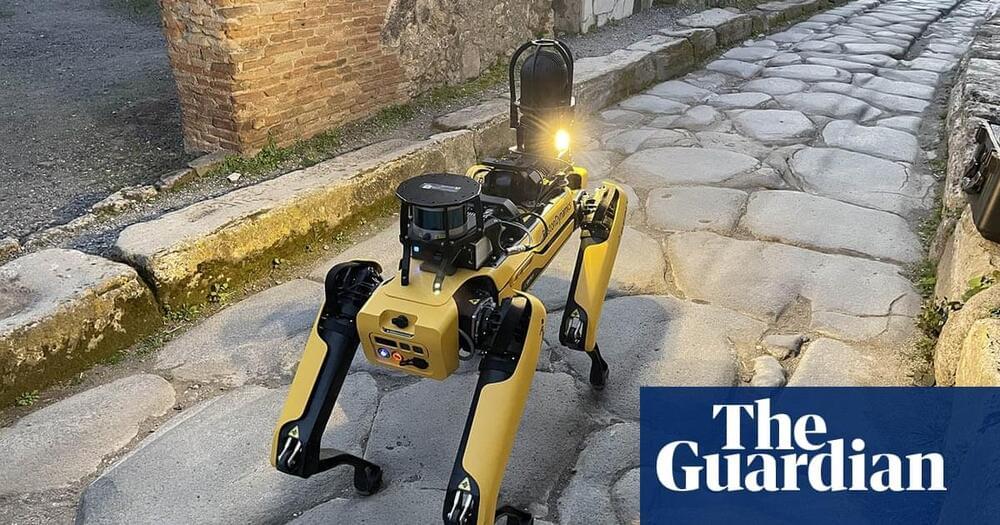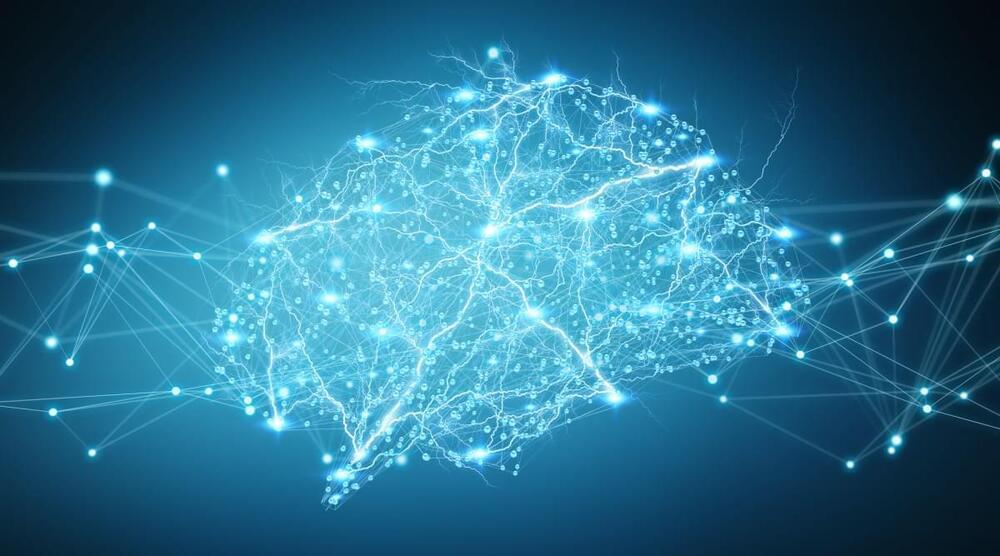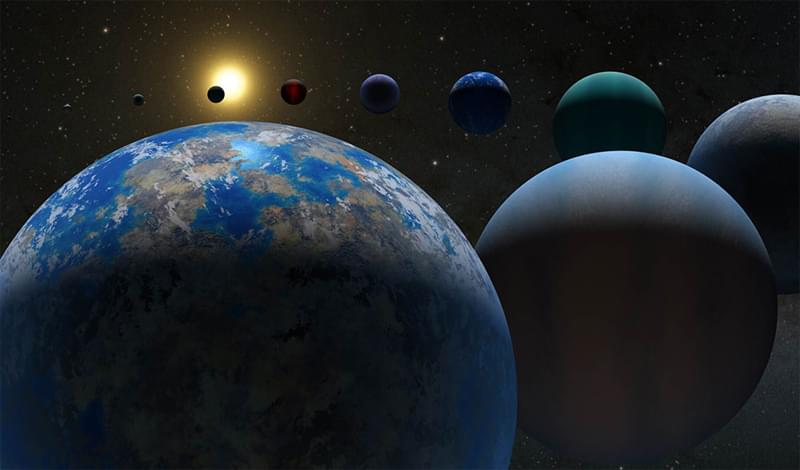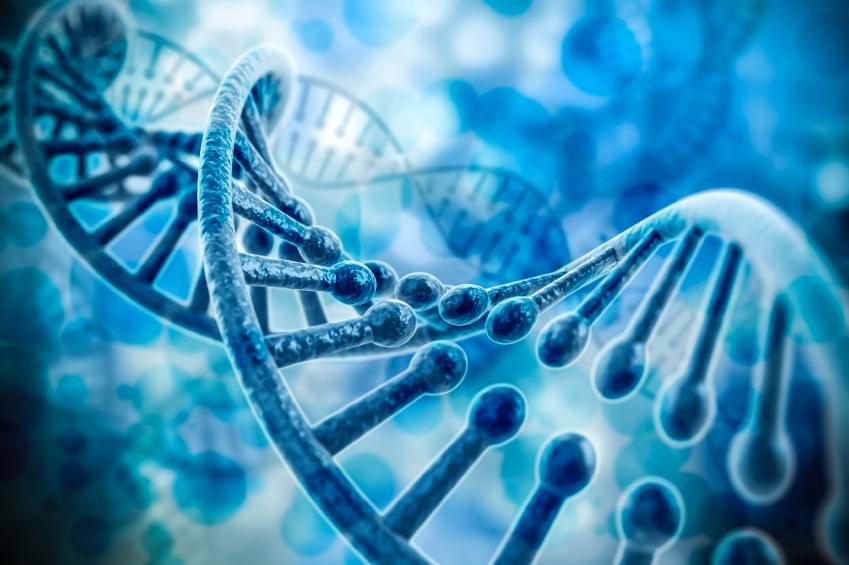Sanctuary, a startup developing human-like robots, has raised tens of millions in capital. But experts are skeptical it can deliver on its promises.
Introducing a novel visual tool for explaining the results of classification algorithms, with examples in R and Python.
Classification algorithms aim to identify to which groups a set of observations belong. A machine learning practitioner typically builds multiple models and selects a final classifier to be one that optimizes a set of accuracy metrics on a held-out test set. Sometimes, practitioners and stakeholders want more from the classification model than just predictions. They may wish to know the reasons behind a classifier’s decisions, especially when it is built for high-stakes applications. For instance, consider a medical setting, where a classifier determines a patient to be at high risk for developing an illness. If medical experts can learn the contributing factors to this prediction, they could use this information to help determine suitable treatments.
Some models, such as single decision trees, are transparent, meaning that they show the mechanism for how they make decisions. More complex models, however, tend to be the opposite — they are often referred to as “black boxes”, as they provide no explanation for how they arrive at their decisions. Unfortunately, opting for transparent models over black boxes does not always solve the explainability problem. The relationship between a set of observations and its labels is often too complex for a simple model to suffice; transparency can come at the cost of accuracy [1].
The increasing use of black-box models in high-stakes applications, combined with the need for explanations, has lead to the development of Explainable AI (XAI), a set of methods that help humans understand the outputs of machine learning models. Explainability is a crucial part of the responsible development and use of AI.
A four-legged robot called Spot has been deployed to wander around the ruins of ancient Pompeii, identifying structural and safety issues while delving underground to inspect tunnels dug by relic thieves.
The dog-like robot is the latest in a series of technologies used as part of a broader project to better manage the archaeological park since 2013, when Unesco threatened to add Pompeii to a list of world heritage sites in peril unless Italian authorities improved its preservation.
This point was made clear in a recent paper by David Silver, Satinder Singh, Doina Precup, and Richard Sutton from DeepMind titled “Reward is Enough.” The authors argue that “maximizing reward is enough to drive behavior that exhibits most if not all attributes of intelligence.” However, reward is not enough. The statement itself is simplistic, vague, circular, and explains little because the assertion is meaningless outside highly structured and controlled environments. Besides, humans do many things for no reward at all, like writing fatuous papers about rewards.
The point is that suppose you or your team talk about how intelligent or cognitively plausible your solution is? I see this kind of solution arguing quite a bit. If so, you are not thinking enough about a specific problem or the people impacted by that problem. Practitioners and business-minded leaders need to know about cognitive plausibility because it reflects the wrong culture. Real-world problem solving solves the problems the world presents to intelligence whose solutions are not ever cognitively plausible. While insiders want their goals to be understood and shared by their solutions, your solution does not need to understand that it is solving a problem, but you do.
If you have a problem to solve that aligns with a business goal and seek an optimal solution to accomplish that goal, then how “cognitively plausible” some solution is, is unimportant. How a problem is solved is always secondary to if a problem is solved, and if you don’t care how, you can solve just about anything. The goal itself and how optimal a solution is for a problem are more important than how the goal is accomplished, if the solution was self-referencing, or what a solution looked like after you didn’t solve the problem.
This conference will take place at EMBL Heidelberg, with a live streaming option for virtual participants free of charge. Proof of COVID-19 vaccination or recovery is required for on-site attendance. Please see EMBL’s COVID-19 terms and conditions.
Workshop registration is available only to EIROforum members. Please note the workshop is an on-site-only event and contact Iva Gavran for more information or use this link for registration.
Pete Davidson was initially slated to be the next headline-grabbing name to take flight aboard the suborbital space tourism rocket developed by Jeff Bezos’ company, Blue Origin, after the commercial space company launched several other famous faces on its previous flights.
But the comedian abruptly dropped out of the mission after a schedule change pushed the flight back by a week. His seat was given to longtime company employee Gary Lai, the chief architect of the very rocket he’ll fly on. Lai will be joined by five paying customers who had the means to dish out an undisclosed sum for one of the coveted crew capsule seats.
Liftoff of the New Shepard launch vehicle had been scheduled for Tuesday morning, but the company said that it’s expecting rough winds at its facilities near Van Horn, Texas at that time. Blue Origin is now targeting Thursday at 8:30 am CT. Those interested in catching the action — which is expected to look much like Blue Origin’s three earlier suborbital jaunts — can tune into Blue Origin’s webcast Thursday morning.
I’m disappointed that Elon Musk is anti-lifespan extention.
Surely we can find an easier way to avoid old politicians holding powers for too long without condemning billions of people to old age sickness and death.
NDTV.
Elon Musk, the SpaceX and Tesla CEO, is not concerned about one thing: a long lifespan.
CSI: Milky Way
Astronomers dig into some forensic archaeology to determine how the Milky Way got its current shape after a series of mergers.
5,000th Exoplanet is Confirmed
Posted in space
The number of known planets beyond our Solar System has crossed the 5,000 milestone, following the addition of 65 newly confirmed worlds to NASA’s Exoplanet Archive.
First “decadal survey” into biological physics says further advances can only emerge in the subject with additional investment.









